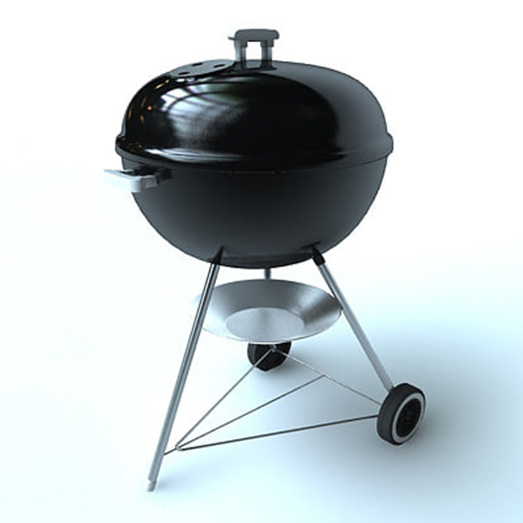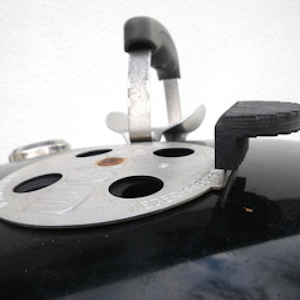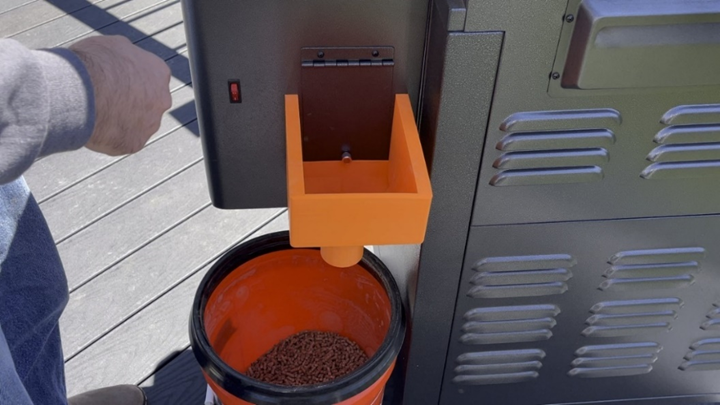
Charles R. Goulding and Preeti Sulibhavi serve up a look at barbeque IPO trends’ impact on 3D printing.
The latest trend in IPOs may not be an obvious one. But if you like summer and are a fan of BBQs, then you will not be surprised to learn that the market for outdoor grills has opened up substantially. Specifically, three newly public companies have made headlines. They are Weber, Traeger and BBQ Guys. Each of these companies has reported a surge in recent sales as more people spruce up their backyards in the wake of this coronavirus pandemic.

3D Printing and Grilling
While we have written about replacement parts for other industries, we should not overlook the current BBQ trend. With the increased demand for barbequing, this summer comes the increase in demand for replacement parts. Why not use 3D printed replacement parts? They are fabricated quickly, cost-efficiently and are just as durable as the OEM parts you have to often wait to receive.
Weber is an established company, privately held since 1893. Its adage, “Simple. Smart. Grilling,” succinctly describes the company’s strategy. Sales for the six-month period ending March 31 rose by approximately 60% from the prior year to about $960 million. Weber offers everything from backyard smokers to classic charcoal grills. A world-class experience for every BBQ adventure.

Traeger is well known for its pricier wood-pellet grills. Traeger has plans to raise about $400 million in its IPO, which would value the company at around $2 billion. Aiming to price its shares between $16 and $18 under the symbol COOK, Traeger more than doubled its first quarter 2021 sales to approximately $235 million.
BBQ Guys is owned by a private equity firm, Brand Velocity Partners. Investors include Super Bowl champions such as Peyton and Eli Manning as well as Hall of Fame running back LaDAinian Tomlinson. Combining with the SPAC Velocity Acquisition Corp, Brand Velocity hopes to take BBQ Guys all the way to a successful public offering.
The Research & Development Tax Credit
The now permanent Research and Development (R&D) Tax Credit is available for companies developing new or improved products, processes and/or software. Eligible costs include U.S. employee wages, cost of supplies consumed in the R&D process, cost of pre-production testing, U.S. contract research expenses, and certain costs associated with developing a patent. As of 2016, eligible startup businesses can use the R&D Tax Credit against $250,000 per year in payroll taxes.
3D printing can help boost a company’s R&D Tax Credits. Wages for technical employees creating, testing and revising 3D printed prototypes can be included as a percentage of eligible time spent for the R&D Tax Credit. Similarly, when used as a method of improving a process, time spent integrating 3D printing hardware and software counts as an eligible activity. Lastly, when used for modeling and preproduction, the costs of filaments consumed during the development process may also be recovered.
Whether it is used for creating and testing prototypes or for final production, 3D printing is a great indicator that R&D Credit eligible activities are taking place. Companies implementing this technology at any point should consider taking advantage of R&D Tax Credits.
Conclusion
Family, friends, and barbeques are often thought of when fond memories of summer surface. Why not add 3D printing to those memories?
